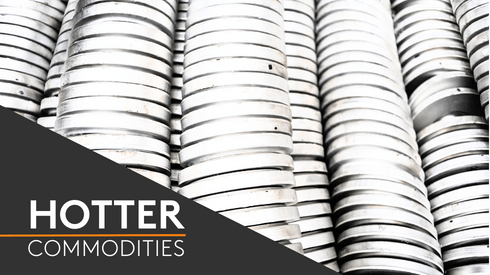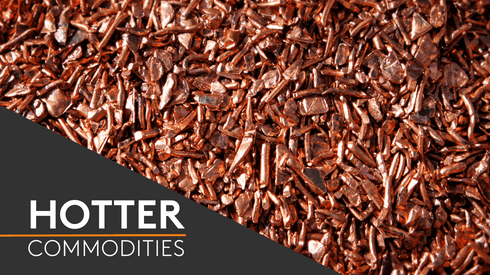Recent weeks have brought two key developments with regard to trade policy on stainless steel products that will be to the detriment of consumers.
In China, the country’s stainless steelmakers no longer enjoy a 13% export rebate as of May 1, reducing greatly their incentive to export and instead leading them to focus on supplying more material to the domestic market. Export prices have duly risen although, as we highlight in our Asia analysis this month, strong fundamental factors have seen them rise by more than could have been expected merely as a result of this policy change. Prices have increased in China’s domestic market as well, illustrating local market strength, and so have steelmakers’ margins, which have moved toward multi-year highs.
The longer-term impact of this move will be to lift the global floor price for stainless steels, with producers in markets previously subject to intense competition from Chinese suppliers able to operate under reduced price pressure and increase their prices as well.
The move will not directly impact the European market of course, in which Chinese material has long been seen as prohibitively expensive due to steep anti-dumping duties and is thus largely absent from the market. This may change in the short term given the ongoing surge in European pricing, which has seen prices increase so much that even those imports with steep anti-dumping duties are looking competitively priced. But, in general, European consumers are finding their import options increasingly limited.
This month sees anti-dumping duties go into force on European imports of cold-rolled flat products from both India and Indonesia, and at rates that are likely to see such material removed from European markets over the coming months. Suppliers in countries not subject to anti-dumping duties that could supply European consumers in the place of India and/or Indonesia still exist but they are generally small-scale in nature and not as price-competitive as those from Indonesia. Stainless steel is looking expensive at the moment, and the high margins being enjoyed by producers are unlikely to last. Given the protection that they enjoy at present, however, producers are likely to be able to sustain prices around current, high levels for the time being.
Click here to view the Stainless Steels tracker in full.





